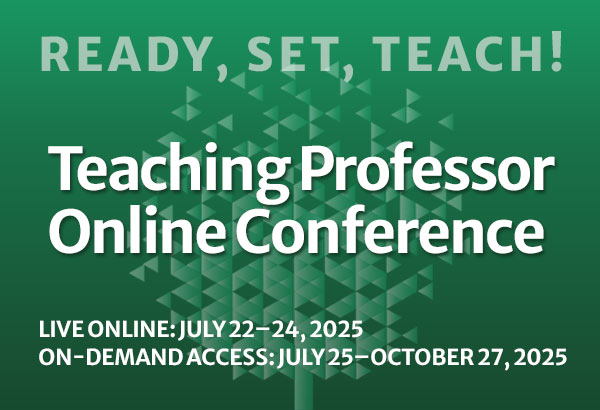
Video Creation Made Easy with AI
Video is arguably the most powerful, attention-grabbing way to communicate online. But developing video has traditionally required sophisticated equipment and expertise that is beyond the reach of most faculty—to say nothing of how time-consuming or frustrating the process can be.











